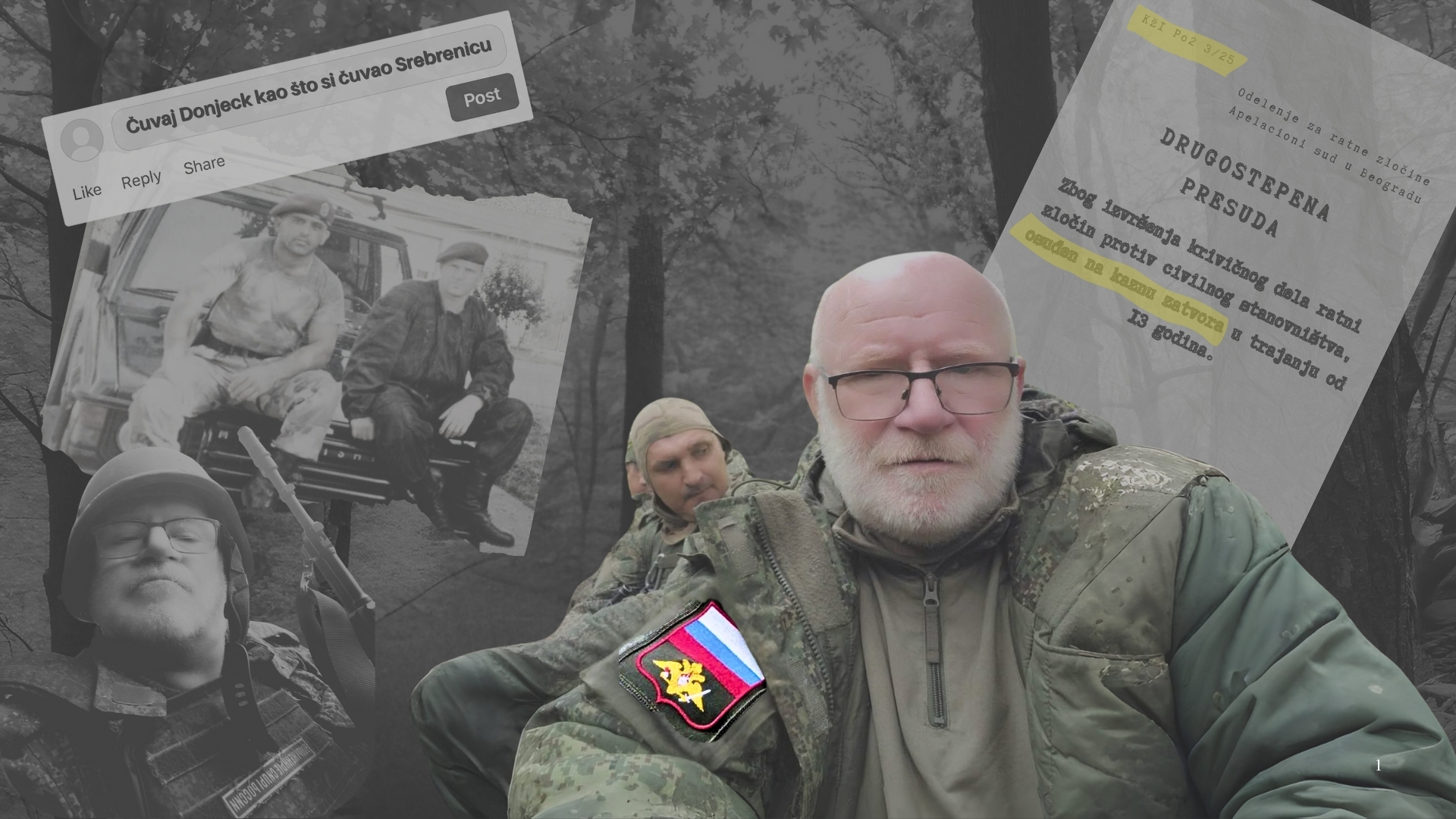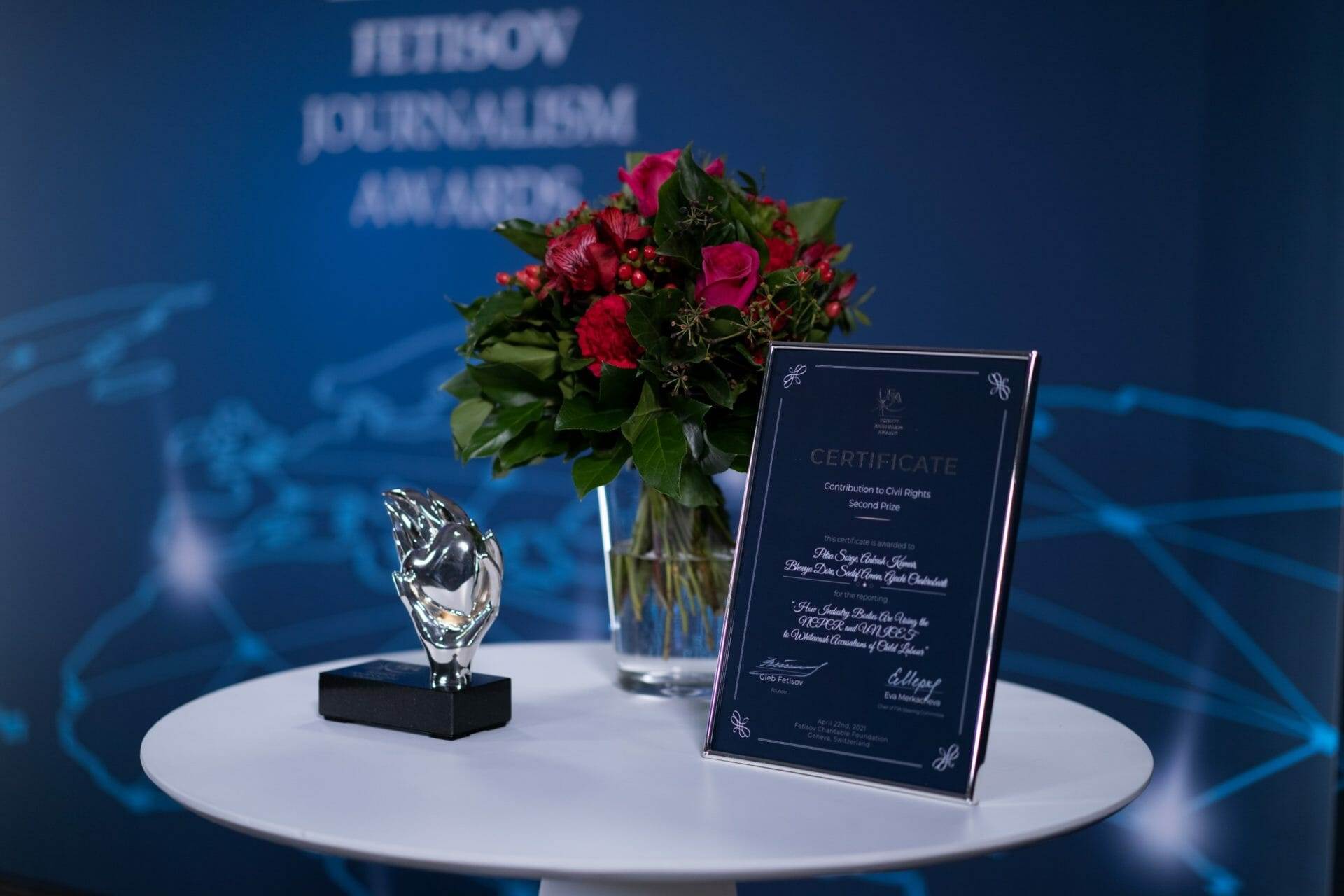This post is also available in: Bosnian
Mourners laid flowers, said prayers and observed a minute’s silence on Tuesday at the site of the Markale market massacre in Sarajevo on August 28, 1995, when 43 people including three children were killed and 84 were injured.
Hamid Mehagic, who was 15 at the time, said he was selling candles at the marketplace on the day of the massacre.
He and his two friends were about to leave the market, but he took two steps backwards, which saved his life. His friends were killed.
“I saw that scene. Dead people lying around… It seems like yesterday,” Mehagic said.
Saida Karovic, president of the Union of Civilian Victims of War of Sarajevo Canton, said it was necessary to collectively remember one of the biggest crimes ever committed in Sarajevo.
“They destroyed everything of value, meaning human lives. We must mark it, remember it, warn about it every day, but not retaliate,” Karovic said.
Among those killed in the blast was Sevda Brkan. Her brother Salih Kruscica said that Brkan went to the market that day to buy some food.
After the blast, her family did not know where she was, but after an intensive search, they eventually found her body at the morgue.
“ is becoming harder and harder every year,” Kruscica said.
The market was also hit on February 5, 1994 by a shell that killed 68 people and injured another 144.
The Union of Civilian Victims of War of Sarajevo Canton estimates that on average, 329 shells fell on the Bosnian capital every day during the siege that lasted 1,425 days.
A total of 11,541 civilians were killed, including 1,601 children. At least 50,000 people were injured.
Stanislav Galic, former commander of the Sarajevo-Romanija Corps of the Bosnian Serb Army, was sentenced to life imprisonment for crimes committed in Sarajevo, including the shelling of the Markale market.
The verdict in the Galic trial, handed down in November 2006, said that “the incident represents an example of shelling in which civilians were targeted intentionally”.
Wartime Bosnian Serb political and military leaders Radovan Karadzic and Ratko Mladic have also been convicted of responsibility for shelling civilians in Sarajevo in first-instance verdicts handed down by the UN court in The Hague.
Both Karadzic and Mladic are appealing.

